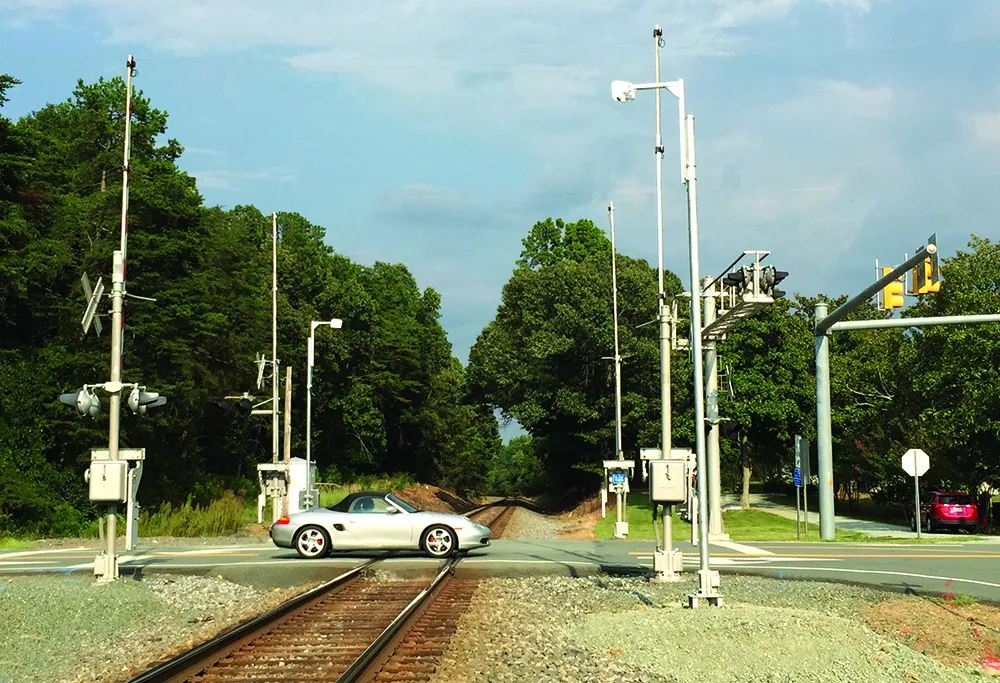One year after its debut,
Working with the Rhode Island State Police, RIDOT identified 24 high-risk locations for installing this technology at select ramps along I-95, I-195, Route 146, Route 10, Route 4, Route 6 and Routes 6/10 at Memorial Boulevard in Providence. The detectors are designed to sense if a driver is going the wrong way and notify both the driver and RIDOT. When a wrong-way driver is detected, LED lights embedded in wrong-way signs begin flashing at the driver. If the wrong-way driver continues to drive beyond the flashing signs, State Police and local police are notified, and a message is displayed on the State's overhead electronic signs to warn other drivers in the immediate area.
The detection system cost approximately US$600,000, and was part of a larger US$2 million investment which also included upgrading the signing and striping at 145 locations (more than 200 actual ramps) across the state. The overall goal was to clearly distinguish exit ramps from entrance ramps and prevent driver confusion.
"We are extremely pleased with the results of this system," RIDOT director Peter Alviti, Jr said. "Improving highway safety and saving lives is integral to the mission of our Department. Even if the systems only prevented one wrong-way crash and the serious injuries or deaths that could have resulted, this program has proven to be a wise investment."
RIDOT's wrong-way driving systems ‘halt close to fifty potential crashes’
One year after its debut, Rhode Island Department of Transportation (RIDOT) says its investment in wrong-way driving detection technology is proving to be very successful – none of the 47 wrong-way driving incidents where these systems have been installed has resulted in a wrong-way crash. Working with the Rhode Island State Police, RIDOT identified 24 high-risk locations for installing this technology at select ramps along I-95, I-195, Route 146, Route 10, Route 4, Route 6 and Routes 6/10 at Memorial Boule
May 6, 2016
Read time: 2 mins








